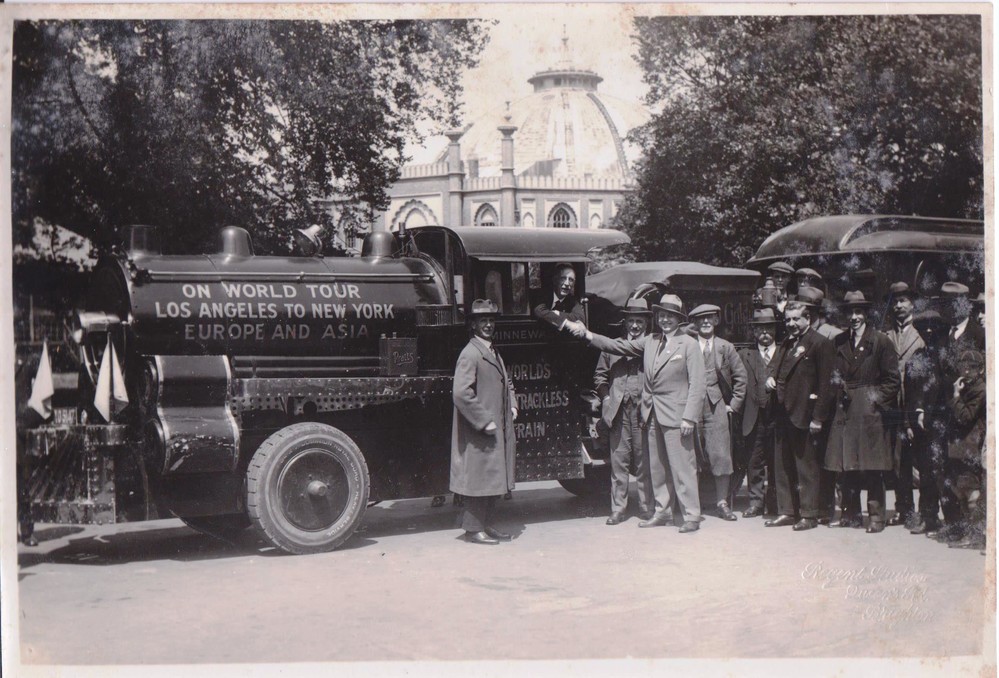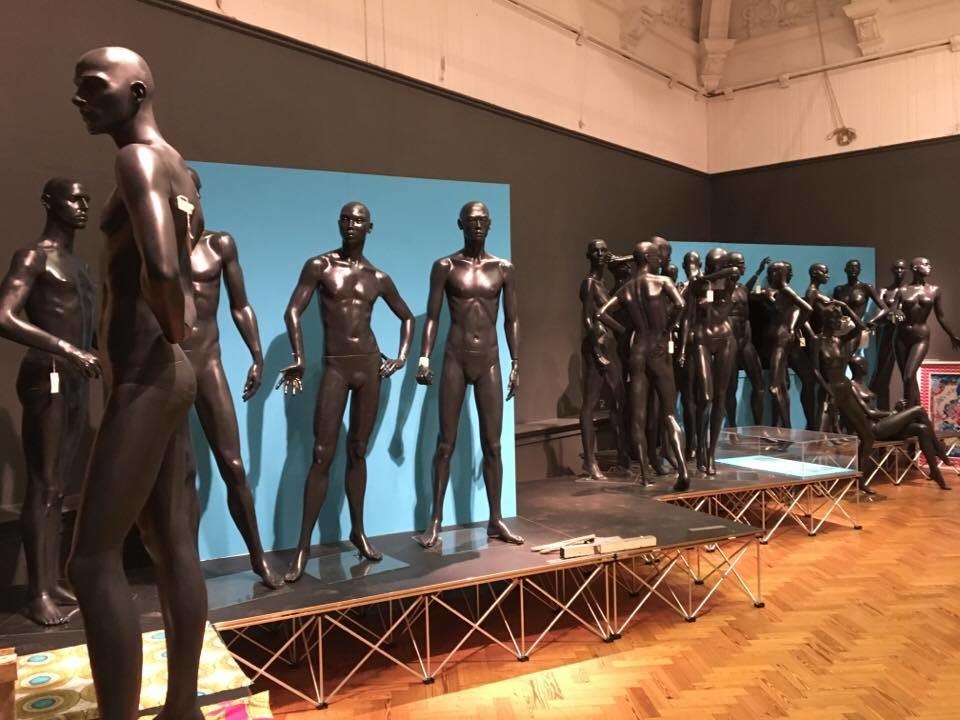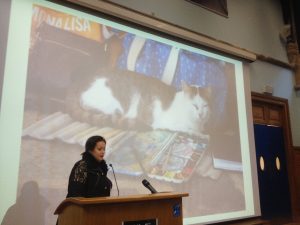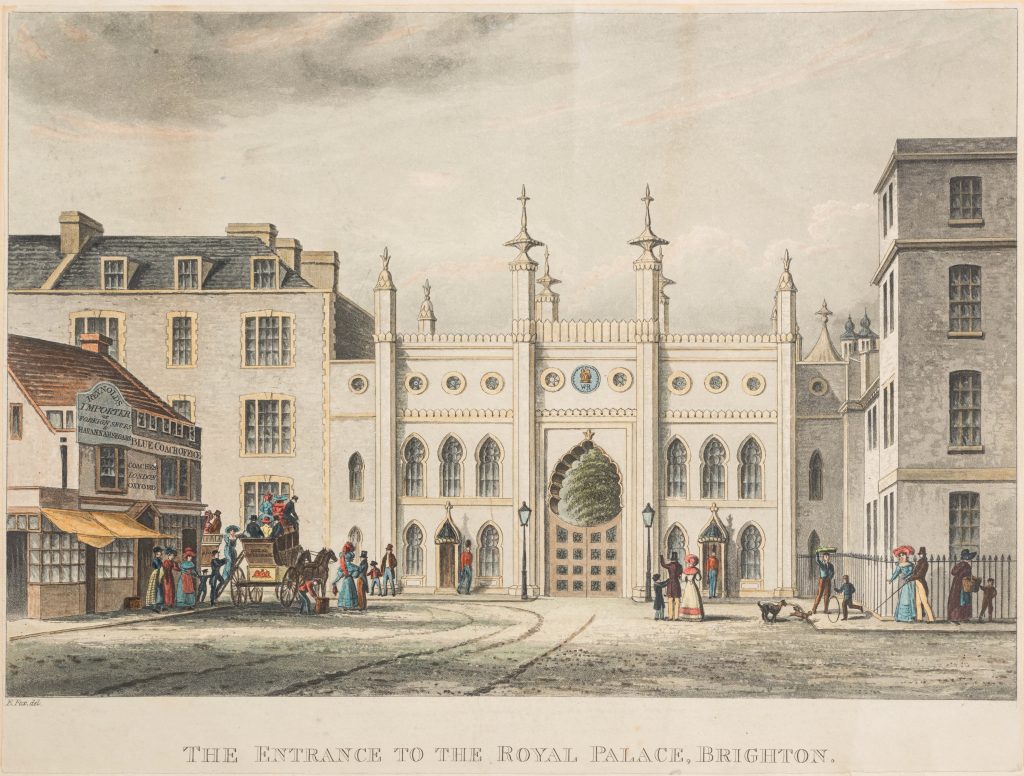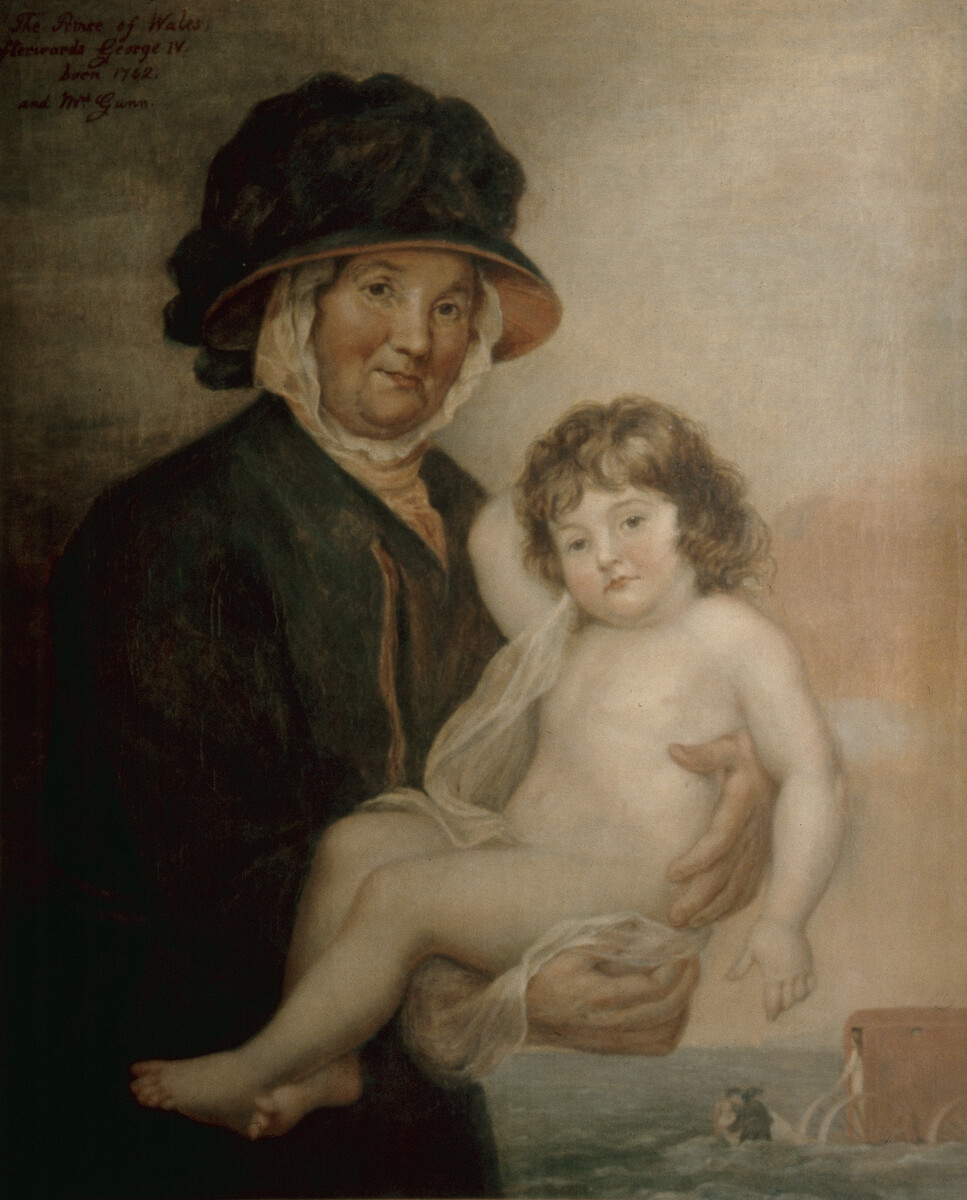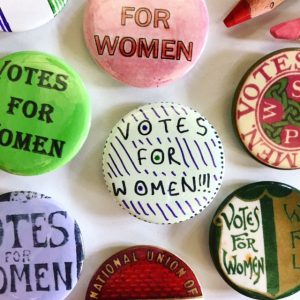
This is a legacy story from an earlier version of our website. It may contain some formatting issues and broken links.
On Wednesday 8 March, people of the world threw their fists in the air for International Women’s Day – a day that has been celebrated since 1909 to commemorate the movement for women’s rights.
 We couldn’t not have a celebration of our own, so on Saturday 4 March, Brighton Museum & Art Gallery joined forces with Brighton Dome and Brighton Women’s Centre to throw a good old-fashioned shin-dig. With entry to the museum free all day and a specially curated programme of inspiring speakers, activists and innovators, workshops, arts and crafts, causes and campaigns for everyone, it was looking set to be a big one – and it didn’t disappoint!
We couldn’t not have a celebration of our own, so on Saturday 4 March, Brighton Museum & Art Gallery joined forces with Brighton Dome and Brighton Women’s Centre to throw a good old-fashioned shin-dig. With entry to the museum free all day and a specially curated programme of inspiring speakers, activists and innovators, workshops, arts and crafts, causes and campaigns for everyone, it was looking set to be a big one – and it didn’t disappoint!
The day began at 10am, and the hordes of revellers were impressive and steady from the get-go. The Dome café boasted a vibrant marketplace of ideas, from a pop-up sari shop to SmallHillArts’ stall dedicated to Communal Quilting; the creation of a communal, unconventional patchwork quilt by members of the public. Upstairs in the Dome’s mezzanine bar was the Cultural Sharing Area, a space for an eclectic mix of artists and public speakers to come together to celebrate and provide historical context to International Women’s Day.
 The museum was rammed to the rafters with things to listen to, look at and get stuck into, and on arrival it was virtually impossible to choose where to check out first! The Museum Lab seemed a good bet, with the option to craft one’s own ‘Votes For Women’ pin badge and have a chin-wag with some important women from history. Brighton suffragette Minnie Turner and fossil hunter Mary Anning were present to greet visitors, offer their insights and talk us through some of Brighton Museums’ collections. Satisfied with my new badge and pumped by my chats with Minnie and Mary, I decided to venture along to the exhibition gallery, where word around the campfire had it that something interesting was going on.
The museum was rammed to the rafters with things to listen to, look at and get stuck into, and on arrival it was virtually impossible to choose where to check out first! The Museum Lab seemed a good bet, with the option to craft one’s own ‘Votes For Women’ pin badge and have a chin-wag with some important women from history. Brighton suffragette Minnie Turner and fossil hunter Mary Anning were present to greet visitors, offer their insights and talk us through some of Brighton Museums’ collections. Satisfied with my new badge and pumped by my chats with Minnie and Mary, I decided to venture along to the exhibition gallery, where word around the campfire had it that something interesting was going on.
 21 Years / 21 Works is the live and online collection of choreographer Charlotte Vincent’s work – and the power behind the pop-up Virgin Territory workspace in the exhibition gallery last Saturday. The thought-provoking space encouraged visitors to reflect and respond to how our digitised, porn-infused culture is affecting young people’s identities, personal choices and relationships. Through various media of art, we were invited to share our thoughts on areas such as the hyper-sexualisation of children in fashion, music videos that make us feel uncomfortable, sexual consent and the way in which women in magazines are punished and judged no matter how their bodies are presented. Not only was I blown away by the striking and slightly haunting aesthetic of the space, which had been an empty husk of a room just days beforehand, but left hugely disconcerted by the ideas presented and thoughts evoked – the workspace did its job.
21 Years / 21 Works is the live and online collection of choreographer Charlotte Vincent’s work – and the power behind the pop-up Virgin Territory workspace in the exhibition gallery last Saturday. The thought-provoking space encouraged visitors to reflect and respond to how our digitised, porn-infused culture is affecting young people’s identities, personal choices and relationships. Through various media of art, we were invited to share our thoughts on areas such as the hyper-sexualisation of children in fashion, music videos that make us feel uncomfortable, sexual consent and the way in which women in magazines are punished and judged no matter how their bodies are presented. Not only was I blown away by the striking and slightly haunting aesthetic of the space, which had been an empty husk of a room just days beforehand, but left hugely disconcerted by the ideas presented and thoughts evoked – the workspace did its job.

In the Fashion & Style Gallery a mannequin had appeared, inviting passers-by to decorate her figure with Post-It notes suggesting how and why she might want to alter her body. Continuing to provoke discussion on cosmetic alterations and body image were boards sharing hair-raising facts about the complete inaccuracy of a Barbie doll’s proportions – did you know that Barbie’s neck is twice as long as and six inches thinner than the average woman’s, meaning she’d be incapable of lifting her own head? Or that with feet and ankles so miniature and such top-heavy weight distribution, she’d have to walk about on all fours? It’s no wonder our ideas about physical ‘perfection’ have become so unattainable and warped.
Also filling the Fashion & Style gallery was a newly created soundscape exploring the creative responses of thirteen young women who used the gallery itself to explore themes of identity and self-image.
 Throughout the day, other activities and special features included pop-up talks from curator Dr Alexandra Loske on paintings by female artists; walking tours of the Royal Pavilion Estate from tour guide Louise Peskitt to explore the important women of Brighton’s history; an open discussion on what it means to be a feminist in the 21st century, hosted by Brighton Women’s Centre; and a presentation in the Old Courtroom from renowned photographers Marilyn Stafford and Nina Emett of their work based on the theme of women.
Throughout the day, other activities and special features included pop-up talks from curator Dr Alexandra Loske on paintings by female artists; walking tours of the Royal Pavilion Estate from tour guide Louise Peskitt to explore the important women of Brighton’s history; an open discussion on what it means to be a feminist in the 21st century, hosted by Brighton Women’s Centre; and a presentation in the Old Courtroom from renowned photographers Marilyn Stafford and Nina Emett of their work based on the theme of women.
In the Education Pavilion, a series of short talks were held throughout the day. The first I popped my head into was at 12.30pm and from Laura Barton, writer and journalist (mostly for The Guardian), about travelling alone as a woman. Laura has spent many a year globe-trotting solitary and has found it peppered with equal measures of pleasures and challenges. In Laura’s talk she discussed not only the new perspectives that travelling alone as a woman can bring, but the general assumptions and reactions of others when they learn that a lone female traveller is what you are. (The words ‘slut’, ‘suspicious’ and ‘failure’ were each mentioned more than once). One particular quote from Laura really resonated with me: ‘We are not encouraged as girls or women to go anywhere alone – it is not deemed becoming to explore those edges of ourselves.’
Next was Fat Bodies with Mathilda Gregory, another Education Pavilion-based talk – this one centred on society’s reactions to and fears about fat bodies. Mathilda is the world’s most famous werewolf erotica author in the world – but is also a writer and performer who makes work about bodies and popular culture. With a light-hearted air, Mathilda chatted to us about her experiences in life and in talking so publically about her own body – and explained how one of the reactions she receives most frequently at the end of her shows is “But you’re not fat!” This displeases Mathilda; instead of feeling that fat bodies are so upsetting and abhorrent that they must be denied, we should consider starting to openly accept that we are what we are – and that’s not the end of the world.
At 2.45pm, the Fashion & Style Gallery became hushed and filled from wall to wall with audience members, all present to hear musician and writer Helen Reddington (aka Helen McCookerybook) lift the lid on women in the punk scene. Unfortunately I wasn’t able to sit in on the entire talk, but stuck around just long enough to listen to Helen share some anecdotes about her youth as a Brighton punk – think running away from the police and being inspired by X-Ray Spex’s Poly Styrene.
To round off the day, I took part in a workshop called Blog to Express, Not Impress from Brighton Girl editors Pippa and Sofaya. Brighton Girl is an online and printed magazine for young women living and working in Brighton, also hosting events and meet-ups to bring the community together. As a group, we discussed where we currently are on our respective blogging journeys, challenges we face and what frightens us most about the big, scary blogging world. An eclectic mix, the group ranged from seasoned bloggers with impressive readerships to complete novices. One particular member runs a blog campaigning for an end to the production and use of nuclear weapons, whilst another has plans to start a blog dedicated to speaking frankly about her illness. When asked what their top blogging tip would be for us, Pippa and Sofaya kept it simple – really, there are no rules. Writing without too much thought, in a way in which you feel comfortable, is the key to success. Each and every one of us has a different voice, and blogging is all about celebrating that.
And with that, the fun and games had drawn to a close, the museum’s walls heaving a heavy sigh as the excitable revellers filed out into the evening. I had a brilliant day and came away feeling both reflective and inspired. The only disappointment was my not seeing and doing everything I possibly could have – there simply weren’t enough hours in the day! What I was left with, though, was the complete satisfaction that this world is full of strong, creative and inspirational women – young and old – all passionate about making the world a better place. To everybody who spoke, oversaw, performed, organised, helped out and everything in between: thank you.
Ruby McGonigle
Bookings Office and Retail Assistant, Royal Pavilion & Museums
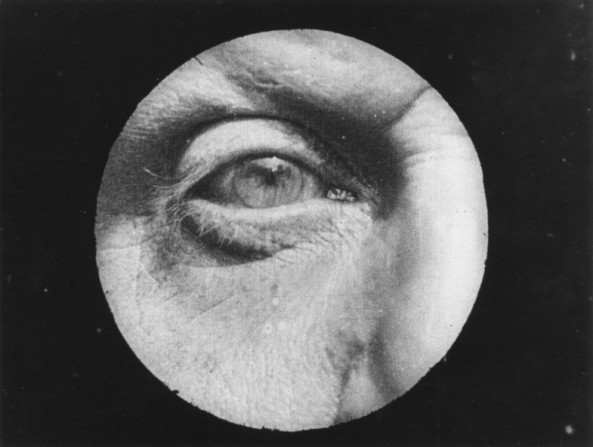

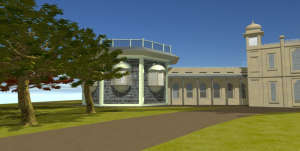







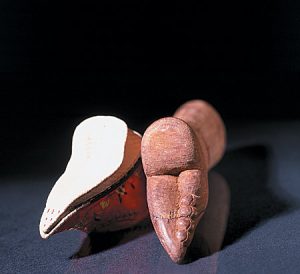


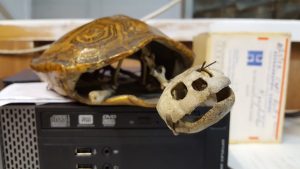
 As I sit writing this I am sitting opposite a tortoise shell and skull of the tortoise head which is still all intact. Never having seen this before I look at the tortoise skull and observe the back bone goes from the base of the skull down to the shell where the vertebrae fuse to the shell almost immediately underneath the topside of the shell. As a child I had often wondered whether tortoises could separate from their shell I now know for certain they cannot! Something I may tell my son later on today.
As I sit writing this I am sitting opposite a tortoise shell and skull of the tortoise head which is still all intact. Never having seen this before I look at the tortoise skull and observe the back bone goes from the base of the skull down to the shell where the vertebrae fuse to the shell almost immediately underneath the topside of the shell. As a child I had often wondered whether tortoises could separate from their shell I now know for certain they cannot! Something I may tell my son later on today.